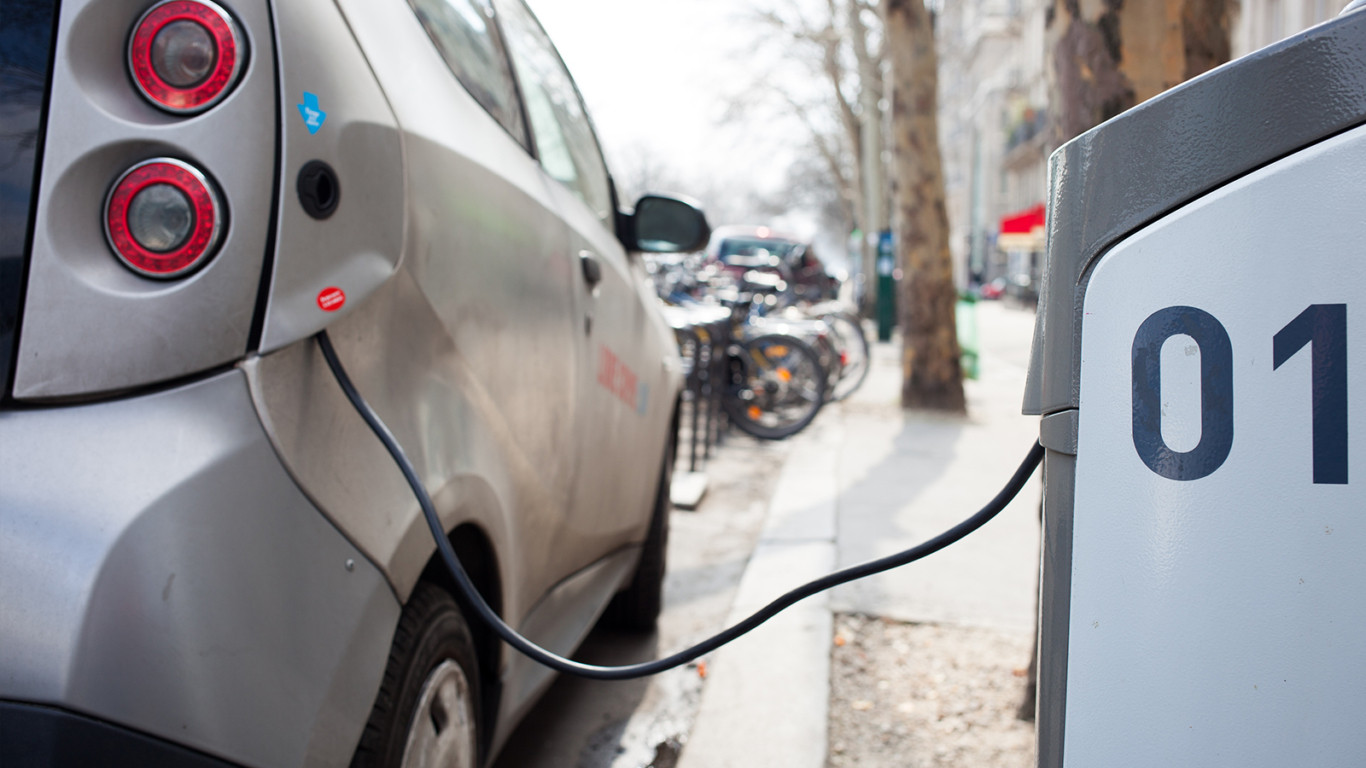How to Charge an Electric Car in 7 Easy Steps
By Spider15 Editorial Team
8 January 2025
00 mins read

1. Choose your speed
There are two options when it comes to home charging. You can either plug the car into a standard three-pin socket, or you can have a fast charging point installed. The standard charging point is the most convenient option, but the charge time is much longer. It also puts a lot of strain on a circuit, as you’ll be running it at its maximum capacity for hours at a time. For this reason, rapid electric car charging points will be the best option for most people, with the 3-pin electric car charger as a back-up option.
2. Use a wallbox or home charger
If you’re committing to buying or leasing an electric car, it’s probably worth getting a home charging station installed. The entry-level option is a 3 kW charger. For a faster charge, there are 7 kW and 22 kW options available. Think about how you’ll be using the car to figure out which makes the most sense for you. The 3 kW wallbox will fully charge a Nissan Leaf overnight (in around six to eight hours), with the 7 kW one doing the job in three or four hours. Many new housing developments will have charging stations installed. Grants are available to electric vehicle owners from the government and the Energy Saving Trust to greatly reduce the cost of getting a charging point installed at your home.
3. Use a public charger
There are more than 20,000 charging stations in the UK and that number is growing all the time. All large petrol stations and motorway service stations are now required to have them by law. Most of these are rapid chargers, and a 45-minute charge will cost you not much more than a pint of beer would in the more expensive parts of the country. A charge of this length would take a Nissan Leaf up to about 80% of its full capacity.
4. Charge up to 80%
Charging times for electric vehicles are often given for a charge to 80%, rather than 100%. This is for two reasons. Firstly, if you stop short of a full charge each time, it extends the life of the battery. Secondly, the final 20% of charge takes the longest time. Unless you’re making a trip that requires the full charge, it makes sense to stop at 80%.
5. Find the right plug
One thing you need to be aware of when planning your life as an electric car driver is that there are various kinds of plugs. The most common are the Type 2 plug, also known as the Mennekes, and the Chademo, short for Charge de Move. The Chademo is the most common rapid charging plug in the UK. There’s also the five-pin CCS (combined charging system) plug used by the BMW i3 and Volkswagen e-Golf, and the Type 1 plug, used in some cars such as the Mitsubishi Outlander PHEV. An adaptor is available that will allow you to plug a Type 1 cable into a Type 2 charger.
6. Review your energy tariff
Many electricity suppliers have started to offer domestic tariffs designed for electric vehicle owners. These tend to have cheaper rates at night, which is when most people will be charging their electric cars. Shop around until you find the one that works best for you – comparison sites make the process easy and could save you hundreds of pounds a year with just a few clicks.
7. Check whether you can charge up at work
Electric car charging points in your workplace car park can make an electric vehicle a practical option for commuting. For workplaces that don’t have a charging point installed, the government’s Workplace Charging Scheme could be an incentive to get on board. The voucher-based scheme contributes to the cost of installing up to 20 sockets.
If you can figure out how car charging will fit into your lifestyle, you’ll be ready to join the electric vehicle revolution. For most electric car owners, getting a fast charging point installed at home will make the most sense. Pick the speed that suits your needs, and don’t forget to plug it in!
 English
English  Khmer
Khmer 
Comments
No comments yet.
Welcome for the first comment! Click here to load more!Please log in to post a comment